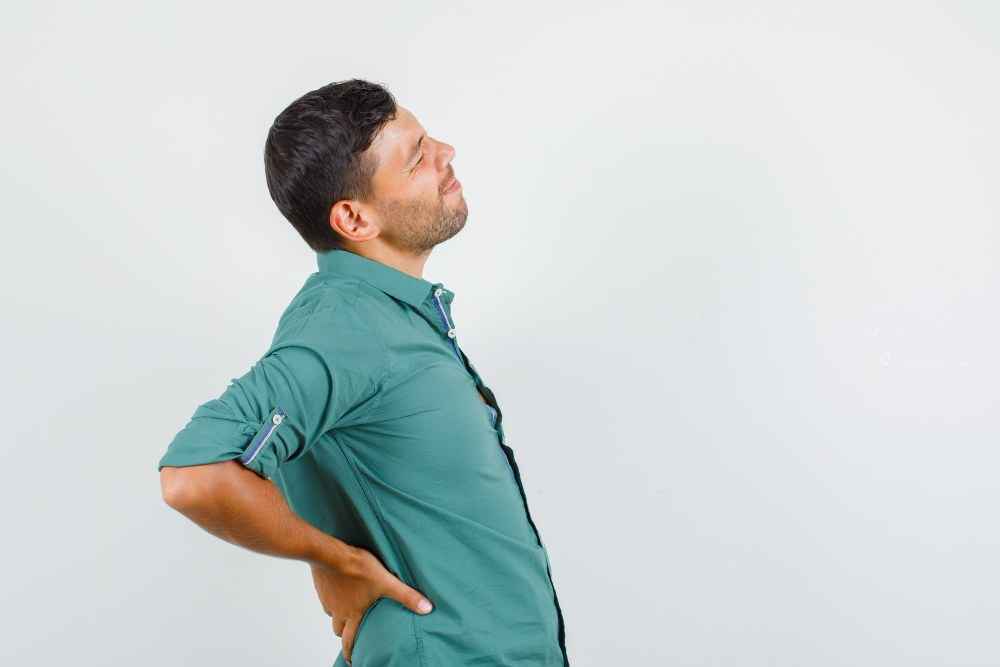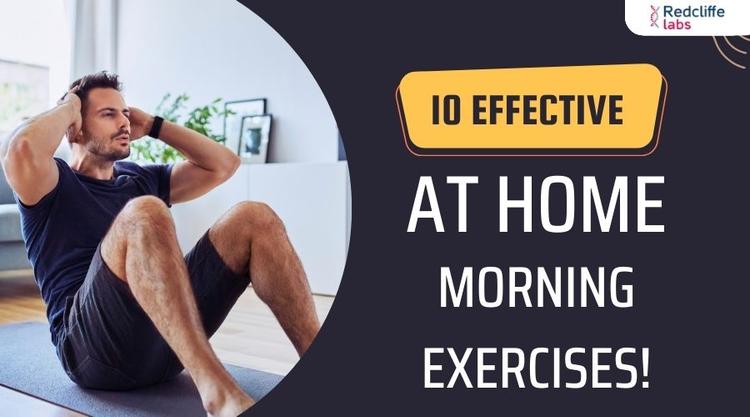Can Walking Help Relieve Lower Back Pain?

Medically Reviewed By
Dr Divya Rohra
Written By Kirti Saxena
on Jul 24, 2024
Last Edit Made By Kirti Saxena
on Jul 19, 2025

Today’s sedentary lifestyle and other unhealthy habits greatly impact our physical and mental well-being. Body aches and back pain problems are also increasing at an alarming rate.
Did you know that almost 619 million people globally are affected by lower back pain problems?
This number is projected to increase to about 843 million by 2050.
But lower back pain is not that serious, or is it? This condition is often overlooked until it becomes serious and hinders physical activities.
Despite the contrary belief held by most people, lower back pain stands to be the single leading cause of disability worldwide.
Recent studies have shown that regular walking sessions can help relieve back pain problems. Are you aware of the link between walking and reduced lower back pain?
If not, this article is just for you. Today, we will discuss the possible benefits of walking for lower back pain in detail. So sit tight, or just relax your back and keep reading!
Causes of Lower Back Pain
Lower back pain is a common issue among people of all ages but generally affects people above 55 years of age. There are no specific causes of back pain problems but rather some conditions that may give rise to lower back pain. Here are some of these conditions:
Muscle or Ligament strain
Lower back sprains or strains can occur or develop gradually due to sudden movements. Lifting heavy weights, sudden movements with too much stress on the lower back, and poor posture can cause muscle and ligament strains. These sprains or strains usually do not cause chronic pain and go away within a week. However, recurring strains and sprains might cause chronic lower back problems.
Disk Problems
With their jelly-like texture, discs act as cushions for the vertebrae. Sometimes, they can get bulged or herniated and tear or press on a nerve. This bulge or herniation might cause inflammation or pain in the spine and lower back.
However, although disk problems do not directly cause lower back pain, they may still be one of its causes.
Arthritis
Arthritis is a condition resulting from excess wear and tear of the cartilage that covers the joints. It causes pain, discomfort, and instability, often involving episodes of lower back pain. This term refers to almost 100s of different types of arthritis, many of which are chronic, including genetic disorders like rheumatoid arthritis. Arthritis is a major cause of bone inflammation and lower back pain.
Fractures
Previous injuries or fractures involving the spine or the lower back bones can lead to chronic lower back pain problems. If lower back pain persists after treatment of a traumatic injury, you should seek medical attention immediately. Not addressing these issues can cause life-long pain and other complications.
LEARN MORE: Understanding Lower Back Pain: Causes and Relief Strategies
Some Lifestyle Causes
- Smoking: Some research suggests that smoking is linked to lower back pain problems as it results in increased inflammation in the body and also hinders its healing process.
- Obesity: A high body mass index is often associated with bone problems due to the excess load that bones have to endure. This results in frequent injuries and worn-out bones. It also increases stress on the spine, causing lower back pain.
- Low physical activity: A sedentary lifestyle, poor sitting posture, and low physical activity contribute to lower back pain and other health problems. Staying active and maintaining a good physique is key to better overall health.
How Does Walking Help with Lower Back Pain?
Now comes the main question: how does walking help? Well, walking offers many health benefits, many of which help reduce back problems and promote bone & overall health. So, let's go through all of the benefits listed below:
Strengthens muscles that support the spine
Walking involves the engagement of the core, back, and leg muscles, all of which work together to support the spine. A sedentary lifestyle may cause these muscles to weaken. Hence, it is necessary to walk and exercise to keep them strong and healthy. Walking may improve:
- Muscle strength: Regular walking enables the muscles to wear and tear to form new, stronger muscles.
- Muscle endurance: Walking makes the muscles more resistant to fatigue and injuries, enhancing their endurance.
- Muscle fiber activation: Regular walking sessions may activate several muscle fibers, such as slow-twitch and fast-twitch fibers.
- Blood circulation: Walking facilitates improved blood circulation throughout the body. Improved circulation increases the rate of deliverance of fresh oxygen and important nutrients, further supporting cell growth, muscle repair, and formation.
Increases lower back flexibility
Walking promotes a healthy range of motion and helps engage multiple muscles and the spine, enhancing flexibility and strength. It may help increase fertility in the following ways:
- Increased spinal mobility: Walking reduces stiffness in the spine and improves flexibility of the lower back by promoting movements like flexion, rotation, lateral bending, etc.
- Reduced muscle tension: During walking, a multitude of muscles get engaged, including the core, the back, leg, and hip muscles, relieving muscle tension and reducing stiffness.
- Increased joint mobilization: Walking helps mobilize the joints in the spine and legs and lubricate them.
Better spinal disk health
Walking facilitates better blood circulation and helps lubricate the spinal disks by increasing fluid circulation. It also enables the absorption of nutrients and excretion of waste products from the spinal disks.
Increases endorphin production
Studies show that moderate to high-intensity walking sessions increase endorphin production in the body. Endorphins are also known as mood-boosting or feel-good neurotransmitters. They enhance mood and reduce pain.
Other Ways to Tackle Back Pain Problems
Apart from walking, you can take other practices and therapies to help with your lower back pain problem. Here are some common alternatives:
Water Therapy
Water therapy refers to a set of exercises and treatments done in a pool. It is specifically designed to treat pain problems in different areas of the body, including the lower back. This therapy is useful for people with trouble walking, osteoporosis, and other bone-related problems.
Yoga
Yoga is a popular ancient physical and mental practice that has proven to enhance physical and mental health in various ways. This practice may also help reduce and relieve lower back pain. Several yoga postures treat the exact same problem, including the Sphinx pose, the Cat and cow pose, and the downward dog pose. These asanas, along with meditation and breathing exercises, can help relieve lower back pain.
Physiotherapy
Physiotherapy may be used to treat and alleviate certain lower back pain problems. This therapy uses various exercises and posture corrections to help with the specific underlying issues that cause lower back pain. The exercises also aim to strengthen muscles and the spine, promote flexibility, and reduce stiffness.
The Bottom Line
Walking can be an extremely effective way to relieve lower back pain. It also promotes muscle strength, improves blood circulation, activates muscle fibers, increases spinal flexibility, and supports overall physical and mental well-being.
This makes walking a must-do exercise to stay fit and prevent major back pain problems. It is also necessary to follow an active lifestyle, eat healthy, maintain a good BMI, and avoid habits such as smoking and alcohol consumption that may deteriorate your health.
Along with these things, keeping track of your health and getting regular health checkups is also necessary to prevent and detect illnesses or health disorders early on. How long has it been since you had a full-body checkup? If you find it hard to remember, then Book a full body health checkup at Redcliffe Labs today! We offer an on-time guarantee and 100% report correctness.


